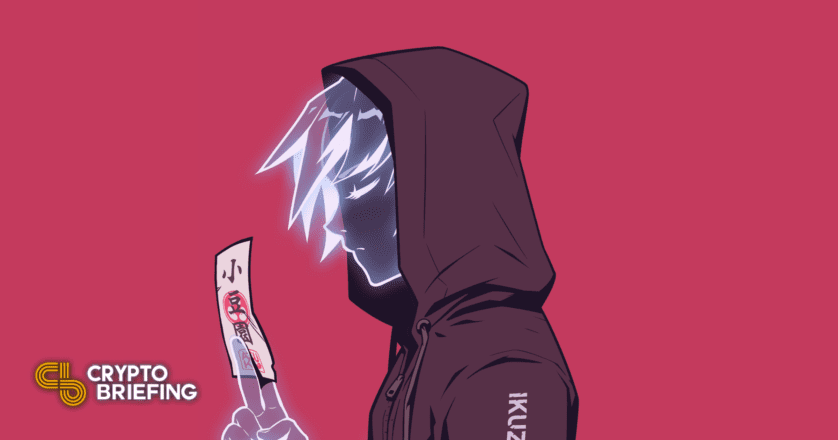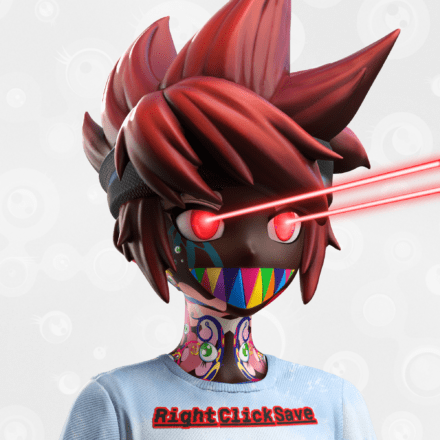Bitcoin and Ethereum Are Struggling, But NFT Avatars Aren't
NFTs are back in vogue, with popular projects regularly setting buyers back over five figures.

Key Takeaways
- NFT avatar projects such as Bored Ape Yacht Club and Azuki are soaring in value.
- The renewed interest in NFTs could be due to the lack of momentum in the wider crypto market.
- Despite the gaming community rallying against NFTs, user growth and trading volumes on marketplaces like OpenSea shows no signs of slowing.
Share this article
NFTs have become hot property in recent weeks. Floor prices for existing blue chip NFT projects have exploded, and the value of newer entrants is quickly rising to meet them.
NFT Mania Continues
NFTs are dominating the crypto space once again.
Since the start of the year, major crypto assets like Bitcoin, Ethereum, and Solana have trended down amid fears over the Federal Reserve’s planned interest rate hikes and a shaky macroeconomic environment. However, not every crypto niche is suffering from weak price action. NFT avatars have enjoyed renewed interest from collectors, resulting in top projects soaring in value.
Bored Ape Yacht Club, arguably the most prolific NFT avatar project thanks to its strong community, packed roadmap, and ongoing support from prominent celebrities, has seen its floor price increase 63% in January. At the beginning of the month, buyers could pick up an ape for 66 ETH. Now, the cheapest apes will set fans back over 108 ETH (around $298,000). Over $229 million worth of Bored Apes traded hands in the same period, ranking the collection in second place for the highest trading volume on OpenSea.
Existing blue chip projects are not the only NFTs to explode in popularity recently. Several anime-themed collections have burst onto the scene, quickly joining the ranks of the top traded projects of all time. Azuki, a community-oriented anime Metaverse project, has seen its floor price soar from 1.9 ETH after launch to a high of 18.27 ETH on Feb. 1, a mammoth 885% increase. Currently, Azuki holds the number one spot for trading volume on OpenSea, clocking in at over $254 million worth of trades in the past month.
On the back of Azuki’s success, several other anime-inspired projects have soared to new highs. CloneX, an avatar collaboration between virtual collectibles creator RTFKT and Japanese artist Takashi Murakami, has seen a boost in sales thanks to the current NFT market climate. CloneX NFTs traded hands for around 2.95 ETH shortly after the project launched in early December. However, the cheapest pieces now sit at 17.2 ETH, partly due to speculation about CloneX holders receiving priority to mint Murakami’s next NFT collection, Murakami Flowers.

The current NFT bull market is reminiscent of “NFT summer,” a period between August and September last year that saw multiple high-profile sales of Bored Apes, CryptoPunks, and sought-after pieces from generative art runs such as Tyler Hobbs’ Fidenza and Dmitri Cherniak’s Ringers. Interest in NFT avatar projects also boomed, with blue chip projects such as Cool Cats and CyberKongz establishing themselves during this period.
Onlookers have pointed out an inverse correlation between the prices of top crypto assets such as Bitcoin and Ethereum and interest in NFTs. During NFT summer, prices lagged, possibly encouraging investors to look toward NFTs for profitable short-term investments instead.
Additionally, as NFTs are typically priced in Ethereum, a drop in the price of the denominating asset could encourage investors to trade it for other uncorrelated assets with a higher short-term upside potential such as NFTs. Considering this historical precedent, it seems like no surprise that NFTs have soared in value following the recent six-month low in the prices of Bitcoin and Ethereum.
Despite the current NFT mania gripping the crypto space, there is still a persistent negative attitude toward non-fungible assets in other circles, particularly among the gaming community. Although some gaming companies such as Ubisoft have committed to incorporating NFTs into their games, other studios have canceled their NFT plans due to community backlash.
However, much of the skepticism toward NFTs comes from nebulous environmental concerns and worries about the pay-to-win monetization of games. While these issues appear to be holding strong in the gaming community, they haven’t prevented NFT adoption. The number of registered users making transactions on OpenSea continues to grow at a parabolic rate, recently surpassing 1 million in late January. Trading volumes similarly reached a new all-time high over the past month, coming in at a record $5.5 billion.
Although NFTs experienced a meteoric rise over 2021, the current metrics suggest there’s still a lot more room for the market to grow this year. Time will tell if the current interest in NFT avatars will spill over into other areas such as gaming.
Disclosure: At the time of writing this feature, the author owned ETH, SOL, and several other cryptocurrencies.
